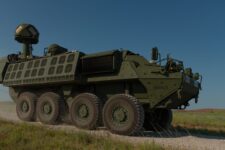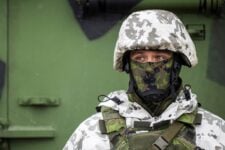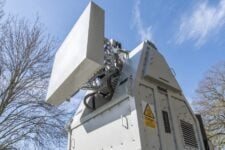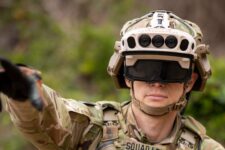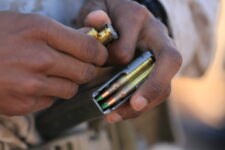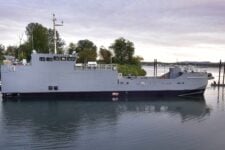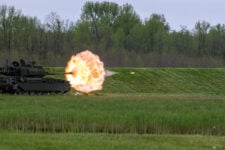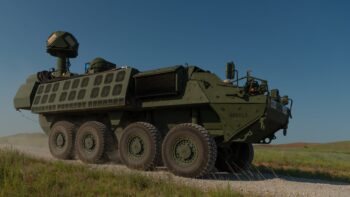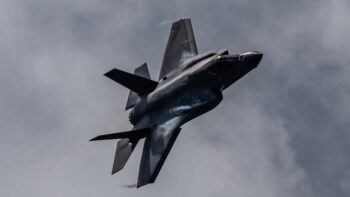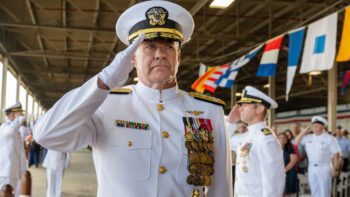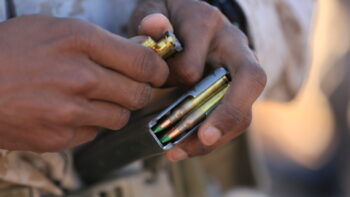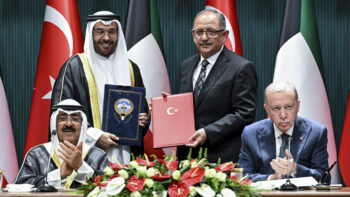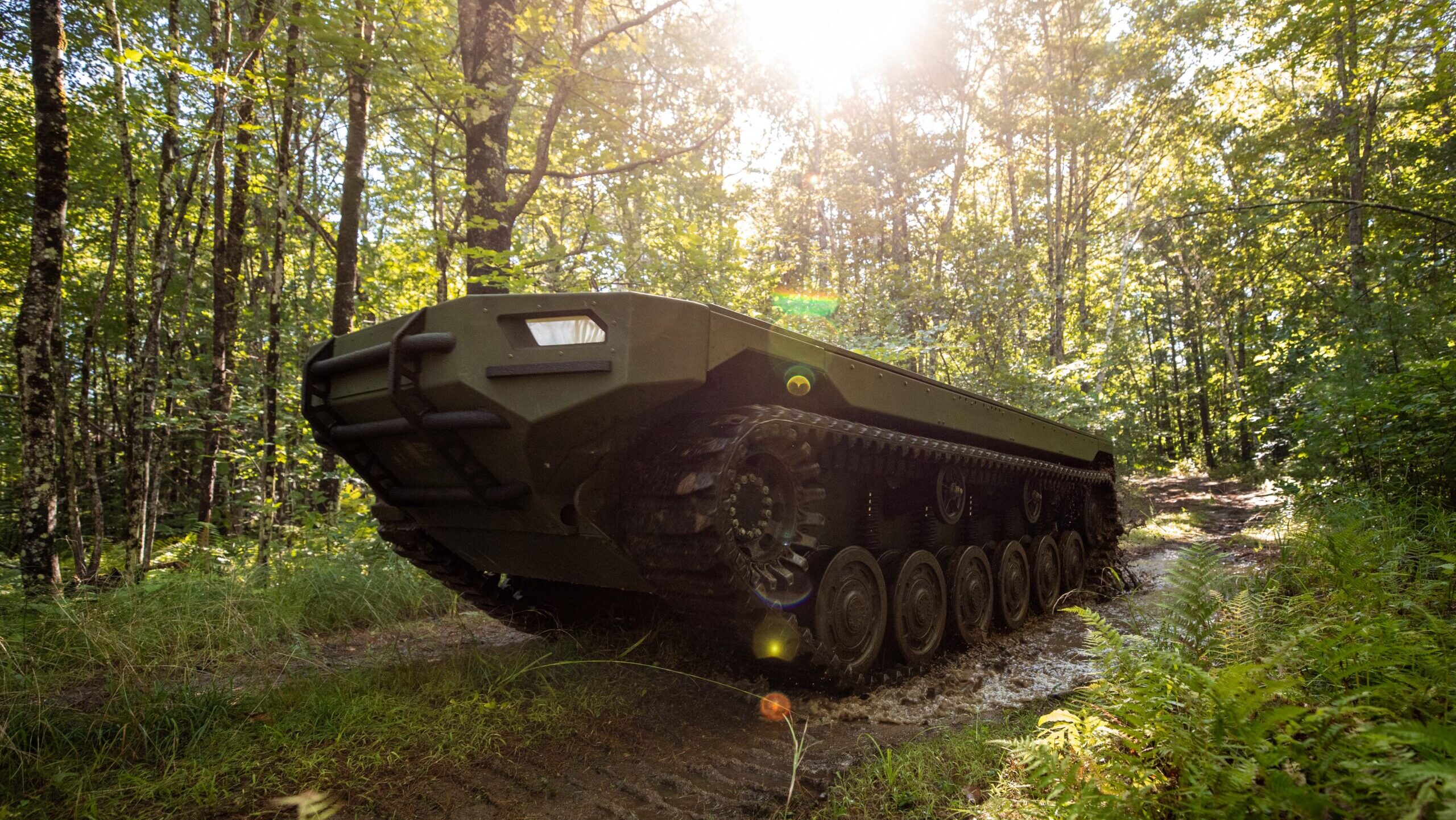
Textron announced that its RIPSAW M3 offering is one of the four designs picked for the Army’s new RCV-L prototyping competition. (Textron)
WASHINGTON — The Army has picked four teams to design and build Robotic Combat Vehicle-Light (RCV-L) prototypes for the first phase on a new initiative.
On Wednesday, the service announced it has awarded McQ, Textron Systems, General Dynamics Land Systems and Oshkosh Defense with a combined $24.7 million for the first phase the project.
Each company is now tasked with building and delivering two RCV-Ls to the Army by August 2024 for the service to use for mobility testing and soldier touchpoints. The Army plans to use those Phase 1 findings to pick a single company to proceed with Phase II in fiscal 2025, and the winner will be tasked with finalizing designs and delivering up to nine prototypes by FY26, the Army wrote.
If the timeline stays intact, the service wants to conduct additional testing with those prototypes before making a production decision in FY27 and fielding the new RCV-Ls to the first unit the following year.
“Human-machine integrated teams are the future of successful ground combat in the land domain,” Brig. Gen. Geoffrey Norman, director of the Next Generation Combat Vehicles Cross Functional Team, said in the Army report. “Bringing RCVs into our formations will give our soldiers new capabilities to fight and win with the changing character of war.”
The service did not provide additional details about the four selected proposals, but Breaking Defense previously reported that the RCV-Ls should be smaller than 224 x 88 x 94 inches, weigh less than 10 tons, and be transportable by rotary wing aircraft. A single platform should also be able to defeat light- to medium-armored threats, and include lethal capacities such as self-defense systems, anti-tank guided missiles, or recoilless weapons.
The new RCV-L competition follows a previous effort in which QinetiQ North America and Oshkosh Defense built a surrogate based on a “variant” of the Expeditionary Modular Autonomous Vehicle (EMAV), while Textron produced an RCV-Medium called the Ripsaw M5.
“The program office is leveraging lessons learned from previous surrogate prototyping and operational pilots at the National Training Center (Fort Irwin, Calif.) to improve requirements and program of record acquisition strategies,” said Steve Herrick, the RCV product manager. “This marks the official transition for us out of experimentation and movement to a fieldable RCV platform prior to 2030.”
For now, the Army is only focusing on the RCV-L for this new phase of the program but has tentative plans to also develop the RCV-M and a heavy (RCV-H).
An RCV-M is envisioned to be more survivable than the RCV-L, weighing in between 10 and 20 tons, not larger than 230 x 107 x 94 inches, and C-130 transportable.
If RCV-H development proceeds, the Army is eyeing a vehicle’s weight somewhere between 20 and 30 tons, measuring around 350 x 144 x 142 inches. That robot should be transported by a C-17 aircraft.
Army soldiers not impressed with Strykers outfitted with 50-kilowatt lasers, service official says
“They will tell you everything and they’re not worried about your feelings,” said Doug Bush.
